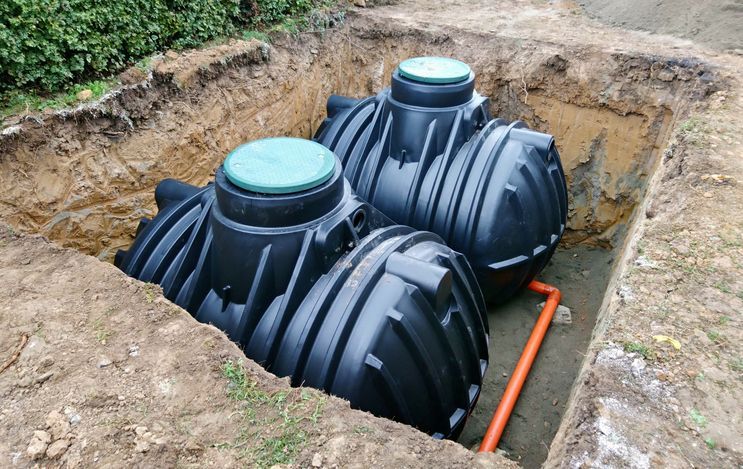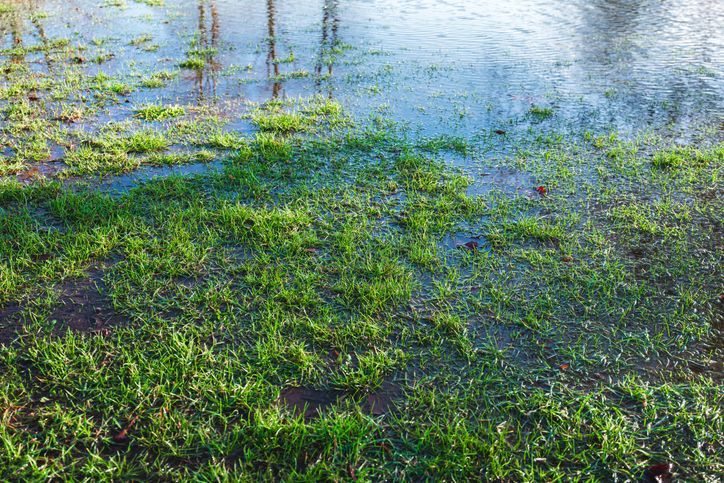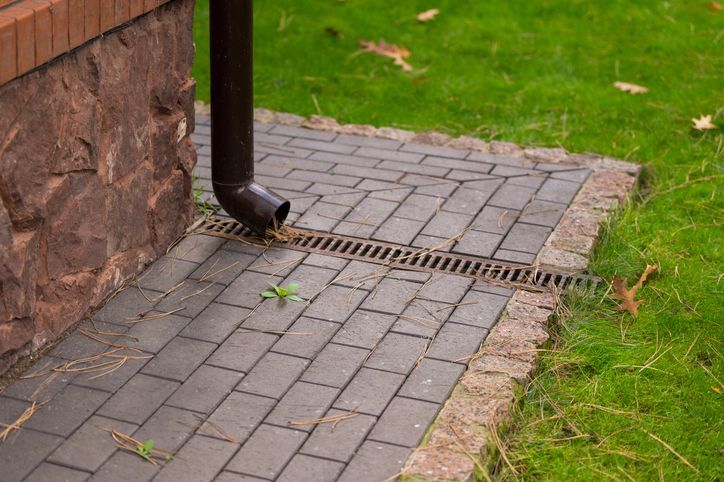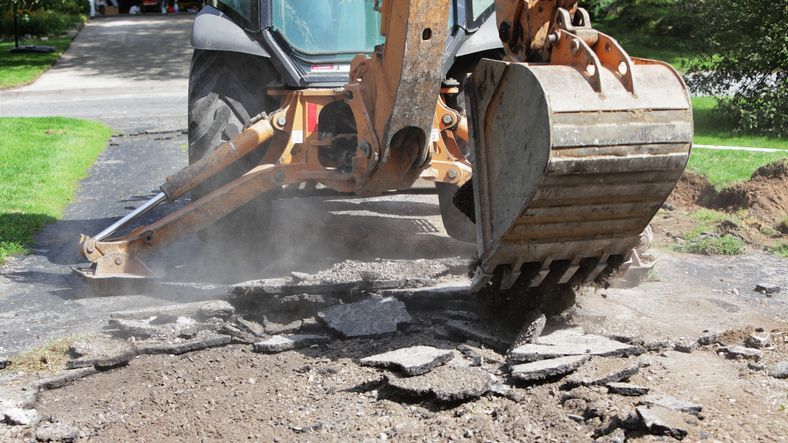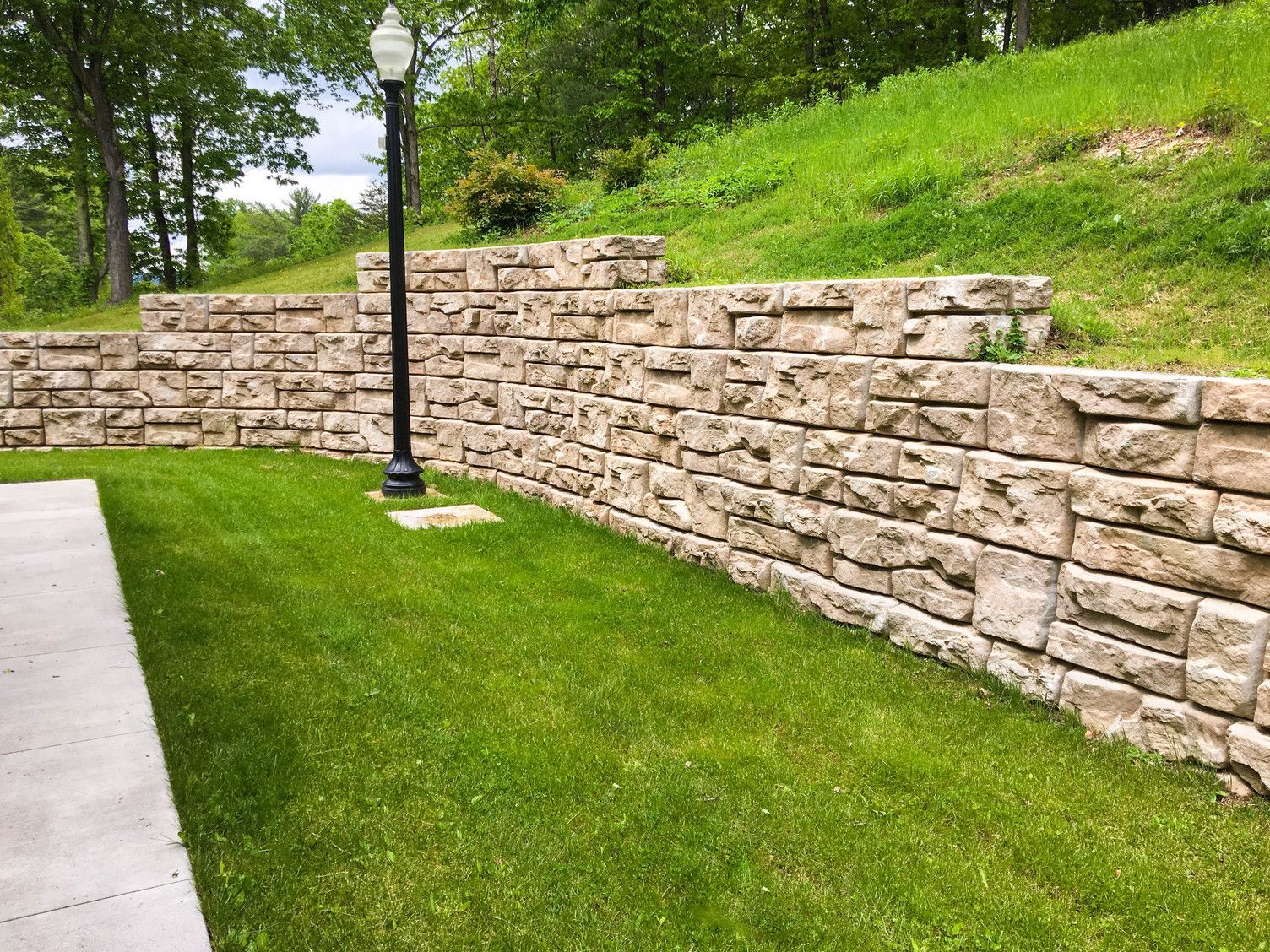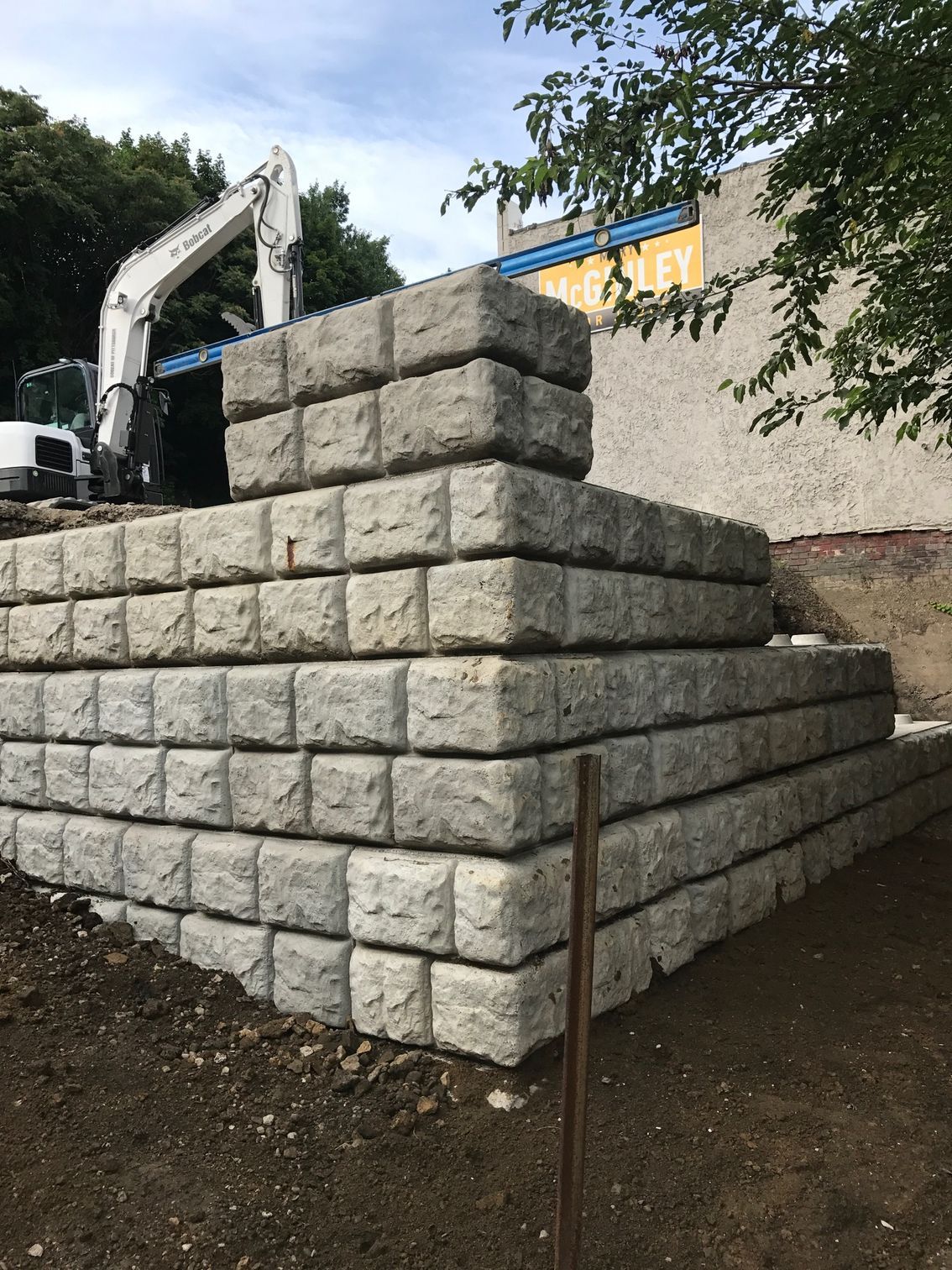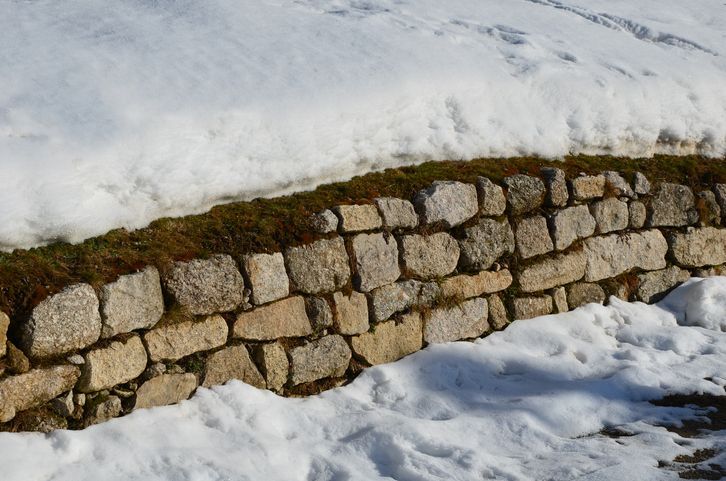Beat the Heat Waves: Essential Shrub Care Tips for Homeowners

When temperatures continue to rise, and the sun beats down relentlessly, your shrubs can suffer. Heat waves spell trouble for the plants in your landscape, causing stress that leads to wilting, scorched leaves, and even plant death if not appropriately managed. Here's your comprehensive guide to keeping your shrubs healthy and resilient during intense heat waves.
Understanding the Impact of Heat Waves on Shrubs
Water Stress
High temperatures increase the rate of water evaporation from both the soil and the plants. This rapid water loss causes water stress, making it difficult for shrubs to maintain their normal functions. As the plants struggle to conserve water, you'll notice symptoms like wilting, leaf drop, and stunted growth.
Sun Scorch
Excessive exposure to harsh sunlight can burn the plant leaves, turning them brown and brittle. Sun scorch harms younger or newly planted shrubs that haven't yet developed a strong root system. Severe damage can lead to leaf loss and decreased plant vitality.
Soil Dehydration
Heat waves can rapidly dehydrate the soil, stripping it of its moisture-retaining properties. When the soil loses moisture, the roots are less capable of absorbing water and nutrients, further stressing the plants. This dehydration cycle can lead to prolonged health issues for your shrubs, affecting their growth and overall appearance.
Essential Care Tips for Shrubs During Heat Waves
Watering Techniques
Deep Watering
Water your shrubs deeply but infrequently to encourage the development of deep root systems. Deep roots can access moisture more effectively, ensuring your plants stay hydrated even during dry spells. Aim to water early or late in the evening to minimize evaporation.
Drip Irrigation
Drip irrigation systems can provide a steady supply of water directly to the roots. This method minimizes water loss and ensures efficient resource use. Drip irrigation is particularly effective during heat waves, as it helps maintain consistent soil moisture levels without wasting water.
Mulching
Apply Mulch
A 2 to 3 inch layer of mulch around the base of your shrubs can work wonders. Mulch wil help retain soil moisture, regulate temperature, and reduce water evaporation. This simple step can significantly enhance your plants' ability to withstand heat waves.
Types of Mulch
Opt for mulch made from wood chips, straw, or compost. These organic materials decompose gradually, enriching the soil and improving its water-holding capacity. To prevent rot and other issues, do not pile mulch against the shrub's trunk.
Shading
Temporary Shade
Providing temporary shade during peak sunlight hours can be a game-changer for your shrubs. Use shade cloths, umbrellas, or burlap screens to shield your plants from the intense midday sun. This protection helps reduce leaf scorch and stress.
Strategic Planting
Consider planting taller plants or installing structures that offer natural shade to more vulnerable shrubs. This strategic approach ensures that your plants receive adequate sun protection while maintaining an aesthetically pleasing landscape.
Long-Term Strategies for Heat Resilience
Selecting Heat-Tolerant Varieties
Choose Wisely
Opt for shrub varieties known for their heat tolerance and drought resistance. Native plants are often better adapted to local climate conditions and require less maintenance. Pittsburgh native plants such as Deerbrry, SilkyDogwood, and Ninebark are excellent for hot summers.
Consult with Professionals
Landscape professionals can provide the following:
- Valuable insight into plant selection and design.
- Taking into consideration a range of factors such as soil type.
- Sun exposure.
- Irrigation availability.
- Seek their advice to ensure your landscape can easily handle heat waves.
Soil Improvement
Amend Soil
Improving your soil's structure and water retention capabilities is crucial. Add in organic matter like compost or well-rotted manure to enhance the soil's ability to hold moisture. This practice will benefit all your plants during heat waves and throughout the year.
Proper Planting
Ensure proper planting techniques to promote deep root growth and better water absorption. Digging the right-sized hole and correctly positioning the shrub can significantly affect its ability to thrive in high temperatures.
Regular Maintenance
Pruning
Prune your shrubs regularly to remove dead or damaged branches. This practice improves air circulation and reduces stress on the plant, which makes healthy shrubs more resilient to heat waves.
Monitoring
Keep a close eye on your shrubs for signs of stress or disease. Addressing issues quickly can prevent further damage and ensure your plants remain healthy and vibrant.
Professional Landscaping Services
Professional Help
Hiring landscaping professionals like J Bird's Landscaping ensures that your shrubs receive expert care and attention. Professionals are equipped to handle the specific needs of your shrubs, especially during extreme weather conditions.
Customized Solutions
Professionals can provide customized care plans tailored to your landscape's needs. This personalized approach ensures optimal plant health and resilience, giving your shrubs the best chance to thrive.
Long-Term Benefits
Preventative Care
Regular maintenance and care by professionals can prevent heat-related issues and promote your shrubs' overall health and longevity. Preventative measures for your plants are always better than reactive solutions.
Peace of Mind
With professional landscaping services, you can have peace of mind knowing your plants are in capable hands. Your landscape will remain beautiful and healthy even during the most challenging weather conditions.
Protect Your Shrubs with J Bird's Landscaping Today!
Caring for your shrubs during heat waves requires a combination of immediate actions and long-term strategies. Each step plays a critical role in maintaining plant health, from watering techniques and mulching to selecting heat-tolerant plants and hiring professional help.
These tips offer practical solutions for homeowners looking to protect their investment in their landscape. If you're ready to take the next step in ensuring the health and beauty of your shrubs, consider reaching out to J Bird's Landscaping. Our team of experts is here to provide the care and guidance your plants need to thrive, even in the hottest conditions.
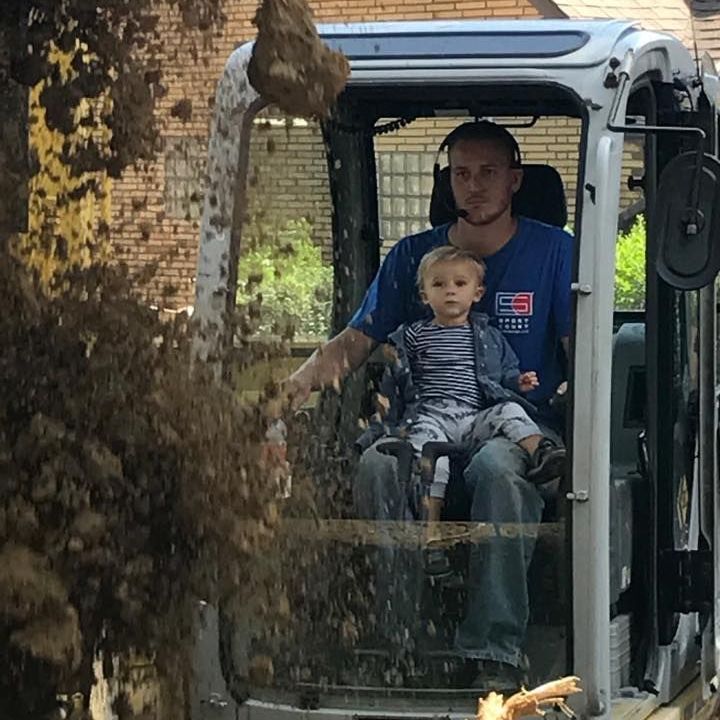
Author: Jay Nagy
Owner & Founded of J Bird's Landscaping. 18+ Years of experience in Pittsburgh lawn cutting, patio installation, trucking/hauling, French drain installation, and other landscape/design services.
More Posts from J Bird's Landscaping
